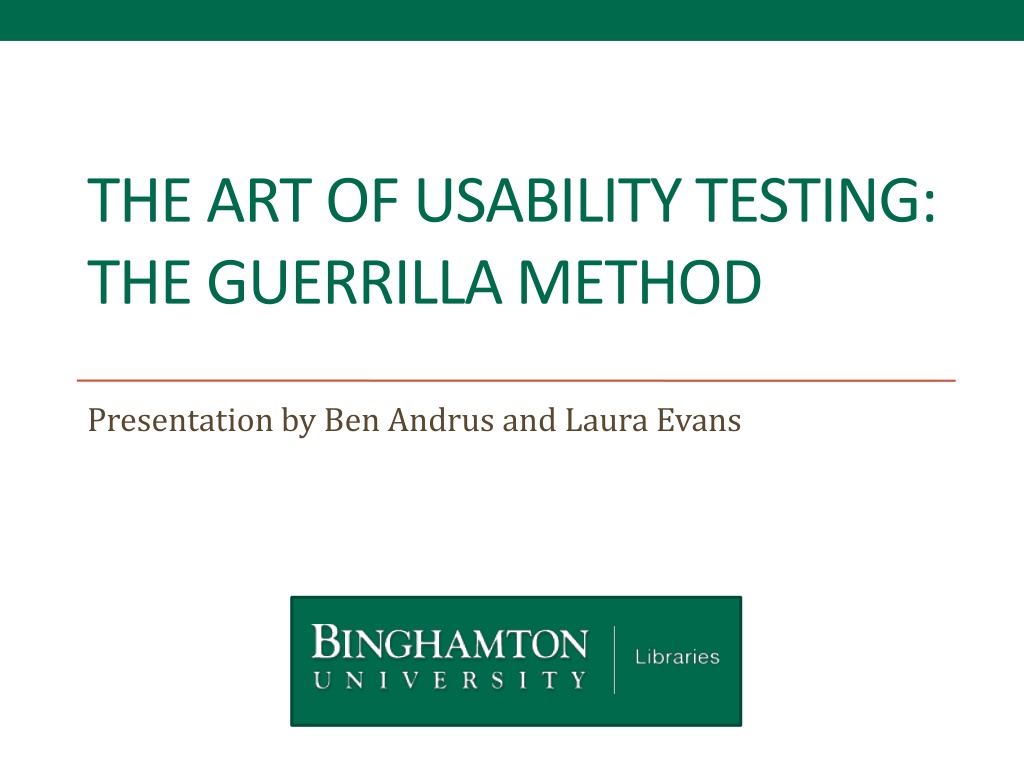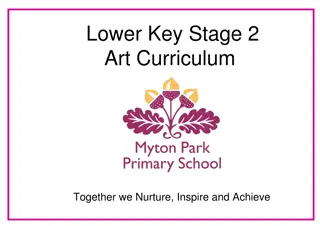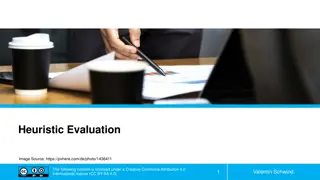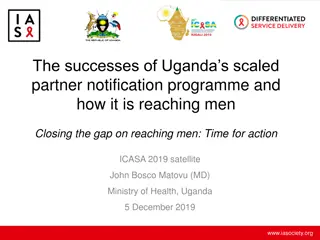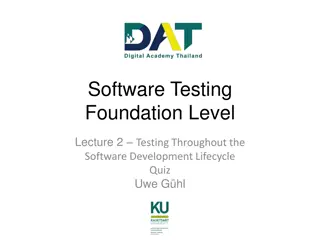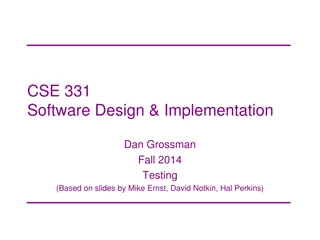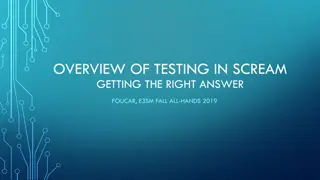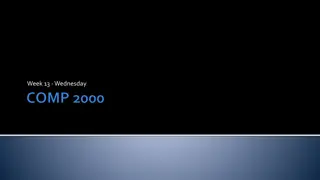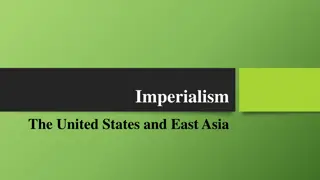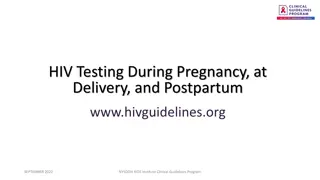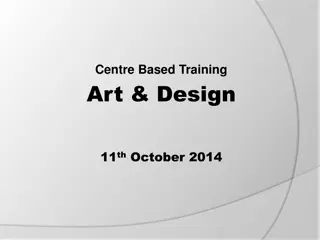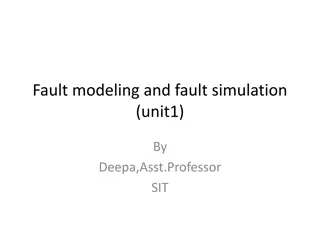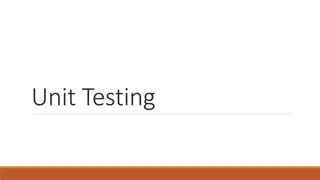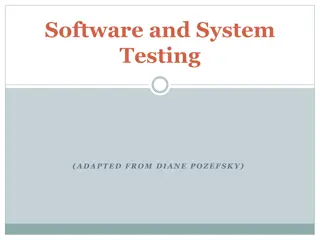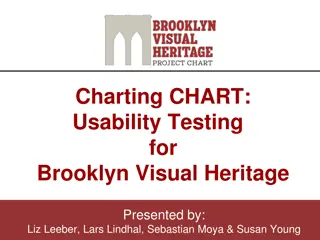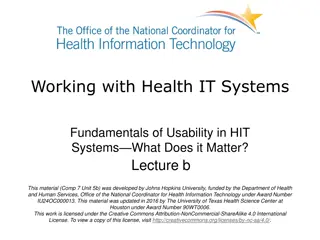The Art of Usability Testing with Guerrilla Methods
The innovative guerrilla method of usability testing in this presentation by Ben Andrus and Laura Evans. Learn how to conduct quick, cost-effective, and effective usability tests to improve website usability. The presentation outlines the methodology, test setup, results, and interesting conclusions from the study at BU Libraries. Discover how guerrilla usability testing can elicit honest feedback from users and help identify problem areas and usage patterns.
Download Presentation

Please find below an Image/Link to download the presentation.
The content on the website is provided AS IS for your information and personal use only. It may not be sold, licensed, or shared on other websites without obtaining consent from the author.If you encounter any issues during the download, it is possible that the publisher has removed the file from their server.
You are allowed to download the files provided on this website for personal or commercial use, subject to the condition that they are used lawfully. All files are the property of their respective owners.
The content on the website is provided AS IS for your information and personal use only. It may not be sold, licensed, or shared on other websites without obtaining consent from the author.
E N D
Presentation Transcript
THE ART OF USABILITY TESTING: THE GUERRILLA METHOD Presentation by Ben Andrus and Laura Evans
Introduction: BU Libraries and Usability 3 libraries open to students; Bartle open 24/5; high demand for library space and resources Is our website easy to use? In the past
What is Guerrilla Usability Testing? It s a sneak attack get them where they live/work/play It s quick no advertising or recruiting It s flexible sample can either be random or targeted It s cheap because it s quick, participants are satisfied with a small reward; also, it can be done without expensive equipment It s effective elicits honest results from users
Our Methodology IRB Approval Schedule staff to administer the tests (7 members of Usability Working Group) Identify areas of investigation Create tasks for users to complete Decide what info to collect on Libraries Website Usability Study form
The Test Set up in the lobby of Bartle Library Two staff members, two laptops, two questions in two sessions a day Observers recorded the actions of users
The Test Entice students as they walk by Each student asked to do one task, so it took less than 5 minutes of their time
The Results Staff, 1 Graduate, 22 Sophomor e, 33 224 total users Between 9 and 24 students of all levels performed each task Senior, 87 Junior, 71
The Results Co-chairs tabulated the actions of users for each task as well as the comments of observers Wrote report on findings, identifying problem areas and usage patterns
The Results: Some Interesting Conclusions FindIt! is used for everything
The Results: Some Interesting Conclusions MegaMenus are cluttered and terminology is unclear
Takeaways and Future Directions Guerrilla method worked well for us Easy to scale according to your resources Dividing tasks among more users prevents fatigue and enables more diverse user base Get outside of the library? Take laptops to dining halls, dorms, etc. Apply this usability method to other library services beyond the website
Questions? Contact us: Laura Evans evans@binghamton.edu Benjamin Andrus bandrus@binghamton.edu
